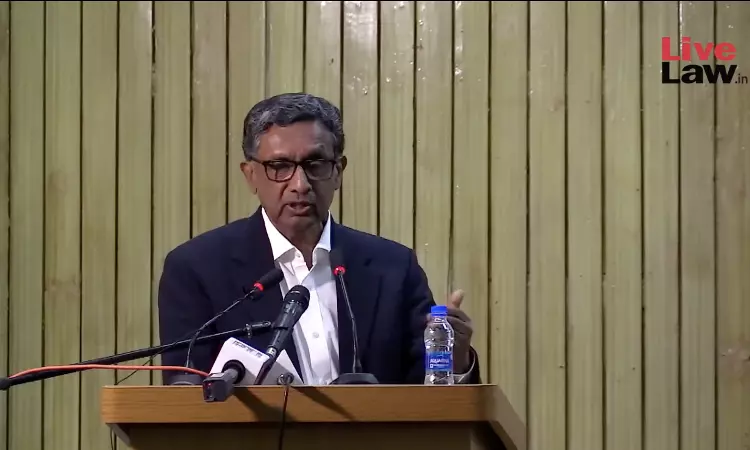Theocratic Judges Who Find Source Of Law In Religion Than Constitution Have Sharply Increased: Dr Mohan Gopal
Padmakshi Sharma
18 Feb 2023 7:18 PM IST

Next Story
18 Feb 2023 7:18 PM IST
Renowned legal academician Dr Mohan Gopal delivered a speech at a seminar organized by the Campaign for Judicial Accountability and Reforms (CJAR) on "Executive Interference in Judicial Appointments." In his speech, Dr. Gopal raised concerns about the appointment of judges with political bias . He urged the collegium to protect the institution by consciously appointing judges committed to...
